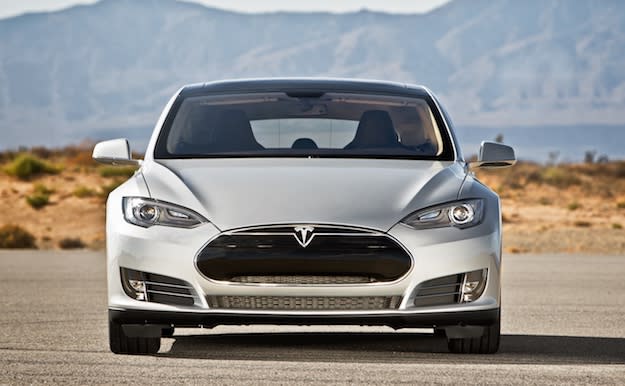| Lamborghini Aventador |
|
| Overview |
| Manufacturer |
Automobili Lamborghini S.p.A |
| Production |
February 2011–present |
| Assembly |
Sant’Agata Bolognese, Italy |
| Designer |
Filippo Perini |
| Body and chassis |
| Class |
Sports car |
| Body style |
2-door coupé
2-door roadster |
| Layout |
Mid-engine, all wheel drive |
| Powertrain |
| Engine |
6.5 L L539 V12 |
| Transmission |
7-speed ISR Semi-automatic transmission |
| Dimensions |
| Wheelbase |
2,700 mm (106.30 in) |
| Length |
4,780 mm (188.19 in) |
| Width |
2,030 mm (79.92 in) (w/mirrors: 2,265 mm (89.17 in))[1] |
| Height |
1,136 mm (44.72 in) |
| Curb weight |
1,575 kg (3,472 lb) (dry) |
| Chronology |
| Predecessor |
Lamborghini Murciélago |
The Lamborghini Aventador is a mid-engined sports car produced by the Italian manufacturer Automobili Lamborghini.
Launched on 28 February 2011 at the Geneva Motor Show, five months after its initial unveiling in Sant’Agata Bolognese, the vehicle, internally codenamed LB834, was designed to replace the ten-year-old Murciélago as the new flagship model.
Soon after the Aventador unveiling, Lamborghini announced that it had already sold over 12 of the production vehicles, with deliveries starting in the second half of 2011.
Background
The Aventador was designed by Italian designer Filippo Perini. Similar to the earlier limited-editionLamborghini Reventon, its heavy use of sharp creases and planar surfaces are indicative of Lamborghini’s contemporary styling direction which were directly inspired by the aircraft of the United States Military’s Stealth Fighter Program, namely the F-117A Nighthawk and the F-22 Raptor.
In keeping with Lamborghini tradition, the Aventador is also named after a fighting bull. Aventador was a bull that fought particularly valiantly in the bull ring of Saragossa, Spain in 1993.
Aventador LP 700-4
Production will be limited to 4,000 units (4,099 Murciélagos were built). The molds used to make the carbon-fibre monocoque are expected to last 500 units each and only 8 have been made. The base price of the Aventador is $393,695.
The car’s shape also borrows heavily from Lamborghini’s limited-edition Reventón and their Estoque concept car.
The vehicle was unveiled at Lummus Park, Miami, followed by Miami International Airport, followed by Auto China 2014 (with Nazionale configuration via Lamborghini Ad Personam personalization program).
Specifications

Lamborghini Aventador 6.5 litre 60°V12 engine
Lamborghini Aventador start-up and acceleration
Engine
The Aventador LP 700–4 uses Lamborghini’s new 700 PS (510 kW; 690 bhp) 6.5 litre 60° V12 engine weighing 235 kg. Known internally as the L539, the new engine is Lamborghini’s fourth in-house engine and second V12. It is the first all-new V12 since the 3.5 litre powerplant found in the 350GT.
| Displacement |
6,498 cc (396.5 cu in) |
| Max. power |
700 PS (510 kW; 690 bhp) @ 8,250 rpm |
| Power to weight |
432 PS (318 kW; 426 bhp) per tonne |
| Max. torque |
689 N·m (508 lb·ft) @ 5,500 rpm |
| CO2 emissions |
398 g/km |
| Combined fuel consumption |
17.2 L/100 km (16.4 mpg-imp; 13.7 mpg-US) |
Performance
- 0–97 km/h (0–60 mph): 2.9 s
- 400 m (1⁄4 mi): 10.6 s @ 220 km/h (137 mph)
- Top speed: Official: 350 km/h (217 mph), measured by Sport Auto magazine: 370 km/h (230 mph)
- 97–0 km/h (60–0 mph): 30 m (100 ft)
Its transmission, a single-clutch seven-speed semi-automatic, is built by
Graziano Trasmissioni. Despite being single-clutch, gear-shifts are accomplished in 50 milliseconds.
The new, electronically controlled, all-wheel drive system is developed and supplied by the Swedish company Haldex Traction, offering traction and handling capabilities based on their 4th generation technology.
Aventador LP 700-4 Roadster
The 2013 Aventador LP 700-4 Roadster was announced for production on 27 December 2012, equipped with the same V12 engine as the coupé version, Lamborghini claims again that it can reach 100 km/h (62 mph) in 2.9 seconds and a top speed equaling that of the coupe, at 349 km/h (217 mph).
The removable roof consists of two carbon fiber panels, weighing 6 kg (13 lb) each, which required the reinforcement of the rear pillar to compensate for the loss of structural integrity as well as to accommodate the rollover protection and ventilations systems for the engine. The panels are of easy removal and are stored in the front luggage compartment. The Aventador Roadster has a unique engine cover design and an attachable wind deflector to improve cabin airflow at high speed as well as a gloss black finish in the A-pillars, windshield header, roof panels, and rear window area. The car has a US$441,600 base price. With a total weight of 1,625 kg (3,583 lb) it’s only 50 kg (110 lb) heavier than the coupé (the weight of the roof, plus additional stiffening in the sills and A-pillars).
Special editions
Aventador J
Six months after unveiling the Aventador, plans for a roadster version were leaked by the U.S. EPA after it included the model on a data sheet on its website. Lamborghini officially unveiled the Aventador J to the world at the 2012 Geneva Motor Show. The roofless and windowless concept car uses the same V12 engine as the standard Aventador, producing 700 hp through a lightweight seven-speed automated transmission. The car does not have air conditioning or radio to save further weight for a total of 3,472 pounds (1,575 kg). The car presented at the Geneva show was the only unit to be produced, and was sold forUS$2.8 million. Another Limited Edition model was made for Shaikh Al Yahyaa and was sold at an unknown price. The car was specially made for a close relation.
The J designation was thought to have come from Appendix J in the FIA rulebook that describes the technical specifications of race cars. However, during an interview with designer Filippo Perini, it was revealed that the ‘J’ actually stands for Jota, in reference to a 1970s one off Lamborghini Miura Jota, which also conformed to the FIA’s Appendix J regulations.
Dreamliner Edition (2012)
It is a version of Aventador LP 700-4 coupé with blue and white body colour scheme from Boeing 787 Dreamliner, pitch-black wheels.
The vehicle was unveiled in 2012 Aerospace & Defense Supplier Summit.
Aventador LP 720-4 50° Anniversario (2013)
The Aventador LP 720-4 50° Anniversario is a limited (200 units – 100 Coupe and 100 Roadster) version of the Aventador LP 700-4 commemorating the 50th anniversary of Automobili Lamborghini. It included increased engine power to 720 PS (530 kW; 710 bhp) via a new specific engine calibration, enlarged and extended front air intakes and the aerodynamic splitter, small flaps set into the sides, new rear end featuring an enlarged diffuser and expansive meshwork that further improves engine-compartment ventilation, model-exclusive Giallo Maggio (Italian for “May yellow”) body colour featuring sparkling yellow paintwork with a layer of transparent and highly reflective particles; front and rear and sills in two-tone (Giallo Maggio and matte black) design, semi-aniline leather interior upholstery in Nero Ade (black) with Terra Emilia (optional Giallo Quercus (yellow)) with Q-Citura stitch diamond pattern, 50th anniversary emblem in forged composite carbon-fiber. The base price of the Aventador LP 720-4 50° is $548,000 which is $106,300 more than the Aventador Roadster.
The coupe was unveiled in 2013 Shanghai Motor Show.
The roadster was unveiled in 2013 Quail Motorsports Gathering.
Aventador airport vehicle (2013)
An Aventador was made for Bologna Airport with white body colour, red and white chequered flag decals on the sides, a light bar on the roof and ‘FOLLOW ME’ written on the hood.
The vehicle was unveiled in Bologna Airport between 6 May 2013 and 19 May 2013 and was used to guide aircraft around the airport. It was also used in Heathrow Airport, London, as an airport vehicle for a single day.
Aventador Pirelli Edition (2014)
The Lamborghini Aventador LP 700-4 Pirelli Edition was announced in December 2014. Celebrating a 50-year association between Lamborghini and Pirelli it features a design and color scheme that echoes the Pirelli tyre, with a thin red stripe running across the roof.
Aventador LP 750-4 SuperVeloce (2015)

2015 Lamborghini Aventador at the 2015 Geneva Motor Show
Lamborghini Aventador LP 750-4 Superveloce was announced in March 2015 at the Geneva Motor Show. Representing the essence of Lamborghini’s brand it features an upgraded power train, with maximum horsepower increased to 559 kW (750 bhp) from the standard coupé’s 522 kW (700 bhp). Combined with weight reduction of 50 kg (110 lb) from increased usage of carbon fiber both inside and outside the car the LP750-4 SV boasts a power to weight ratio of 1 hp to 2 kg. The car also features increased aerodynamics, with downforce increased by 180% as compared to the standard Aventador coupé. Notable aerodynamic upgrades are a revised front splitter and rear diffuser, and a rear wing. The supercar is available in 34 base colors. The car’s driving dynamics have also been ungraded, featuring new enhanced electronic steering for superior maneuverability at high speeds, magnetic pushrod suspension for superior handling, and chassis improvements to increase rigidity. Overall the LP750-4 SV’s standing 0–100 km/h (0–62 mph) time is decreased from 2.9 seconds to 2.8 seconds, with the theoretical top speed still “somewhere in excess” of 349 km/h (217 mph). Delivery of the car is scheduled to begin in the second quarter of 2015.
Reception
On 31 July 2011, the Aventador was reviewed by the motorsport show Top Gear. Host Richard Hammond was impressed with the performance and handling of the car. His biggest complaint was a nostalgic poke at the Aventador’s accessible temperament, implying that it left him longing for the “danger” associated with driving previous Lamborghini supercars. The Aventador posted the fifth fastest time ever recorded on the Top Gear test track with a time of 1:16.5, beating the $2,000,000 Bugatti Veyron Super Sport, the Ferrari Enzo, the Porsche 911 GT3, and other supercars from around the world. In season 18 of the program, cohost Jeremy Clarkson said that the Aventador is better than the Ferrari 458 Italia (which they had previously called the best super car ever), describing it as being “£200,000 worth of dreams.” The Aventador won the “Supercar of the Year 2011” from Top Gear.
Marketing
Robert Gülpen of RGE Robert Gülpen Engineering GmbH produced a 1/8-scale model Aventador LP 700-4 that was sold through an auction December 2011 with starting bid price of US$4.7 million (€3.5 million). A second model, featuring gold wrapping at body, was set to go for sale at auction with a starting bid price ofUS$7.5 million.
BMC Switzerland produced a limited (50 units) edition of Lamborghini 50th Anniversary Edition impec bicycles inspired by the Lamborghini Aventador. The vehicle was sold for €25,000 (US$32,000) via international BMC or Lamborghini dealer network, with delivery done by the dealer.
Related development
Veneno
| Lamborghini Veneno |
|
| Overview |
| Manufacturer |
Automobili Lamborghini S.p.A |
| Production |
2013-present |
| Model years |
2013-present |
| Assembly |
Sant’Agata Bolognese, Italy |
| Body and chassis |
| Class |
Supercar |
| Body style |
2-door coupé
2-door roadster |
| Layout |
Mid-engine, all wheel drive |
| Powertrain |
| Engine |
6.5 L V12 |
| Transmission |
7-speed semi-automatic transmission |
| Dimensions |
| Wheelbase |
2,700 mm (106.30 in) (Roadster) |
| Length |
5,020 mm (197.64 in) (Roadster) |
| Width |
2,075 mm (81.69 in) (Roadster) |
| Height |
1,165 mm (45.87 in) (Roadster) |
| Curb weight |
1,490 kg (3,280 lb) (Roadster; dry) |
The Lamborghini Veneno is a limited production supercar based on the Lamborghini Aventador and was built to celebrate Lamborghini’s 50th anniversary. The prototype, Car Zero, is finished in grey and includes an Italian flag vinyl on both sides of the car. The engine is a development of the Aventador’s 6.5 L V12 and produces 750 PS (552 kW; 740 bhp).
Only three production cars were produced, a green, white, and red one, each representing a colour of the Italian flag. Car Zero, which was the vehicle on display, will be retained by the factory for the museum. The three production cars cost €3.12 million each, and all three were sold.
The vehicle number 0 was unveiled at the March 2013 Geneva Motor Show, followed by 2013 Quail Motorsports Gathering, Vallelunga circuit near Rome during the World Finals of Lamborghini Super Trofeo 2013 series.
Veneno Roadster (2014-)
The Veneno Roadster is a limited (maximum 9 units during 2014) version of the Lamborghini Veneno convertible commemorating the 50th anniversary of Automobili Lamborghini. It has exclusive alloy wheels, Rosso Veneno (red) body colour and 2 bucket seats made in forged composite, woven carbon-fibre carbonSkin interior upholstery. The Veneno Roadster has a top speed of 356 km/h (221 mph) and goes from 0–100 km/h (0–62 mph) in 2.9 seconds.
The vehicle was unveiled on the Italian naval aircraft carrier Cavour docked in Abu Dhabi’s Mina Zayed port, followed by the 2014 Las Vegas Consumer Electronics Show.
The roadster went on sale for €3.3 million (excluding tax).
Production
The first 1,000 Aventadors were built in 15 months.
As of 7 June 2013, the 2000th Aventador, an Aventador LP 700-4 with Nero Nemesis (matte black) body colour, was built and destined for the United States owner Thaddeus Arroyo, Chief Information Officer of AT&T.
| Year |
Units |
Coupé |
Roadster |
| 2011 |
447 |
447 |
– |
| 2012 |
976 (922 deliveries |
958 |
18 |
| 2013 |
1,113 (1,001 deliveries |
710 |
403 |
| 2014 |
1,110 (1,128 deliveries |
456 |
654 |
| Total |
3,628 |
2,571 |
1075 |
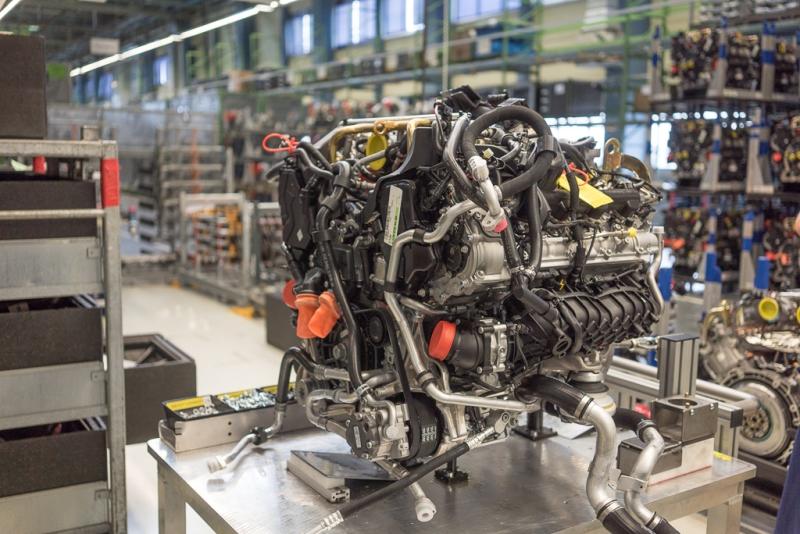
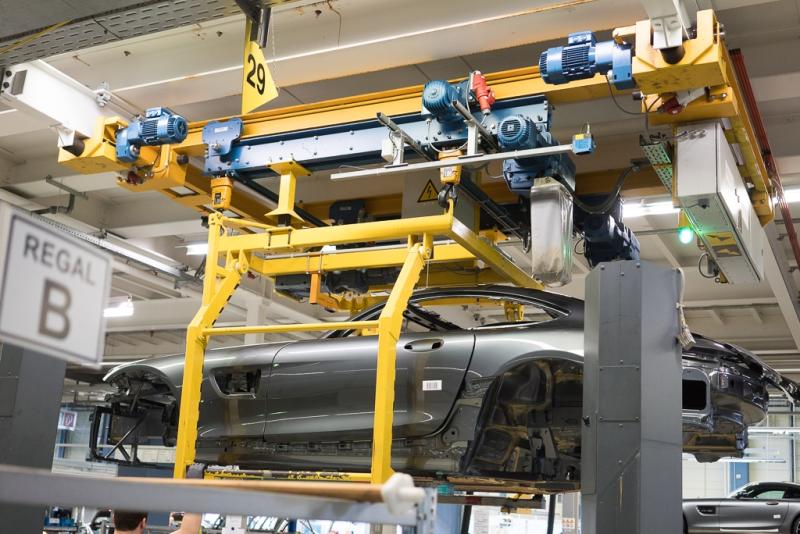
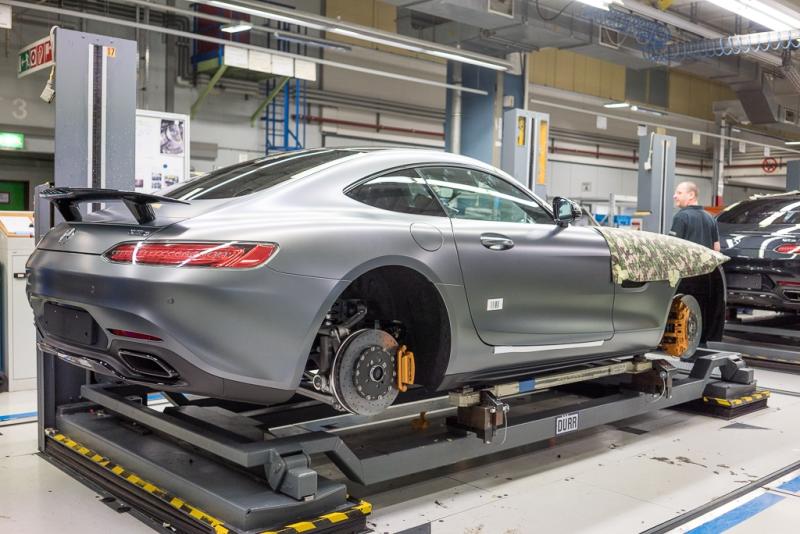
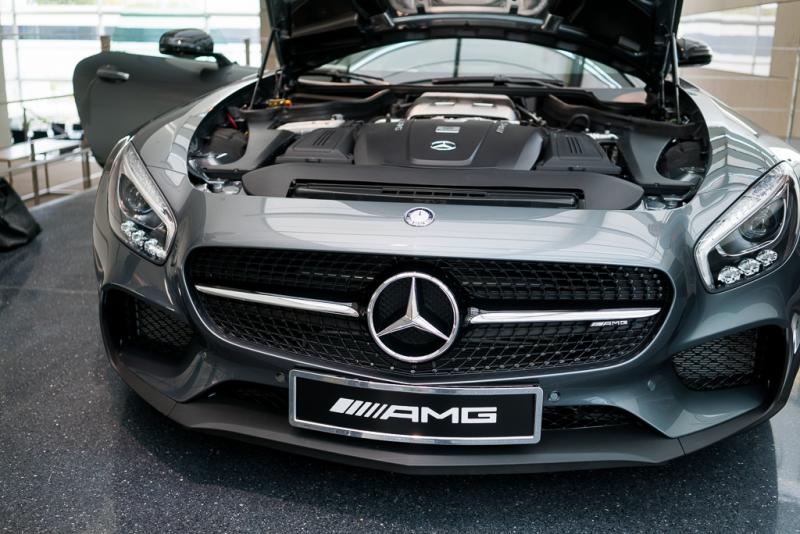
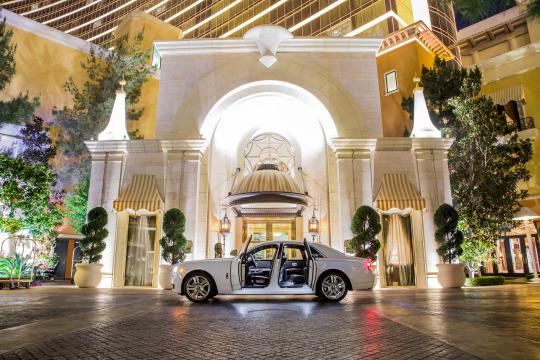
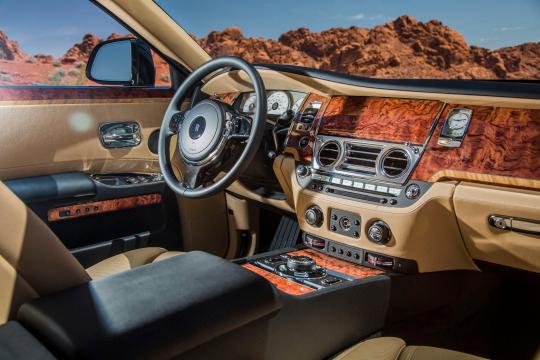

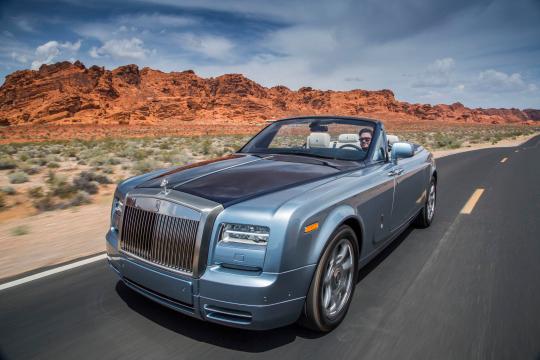
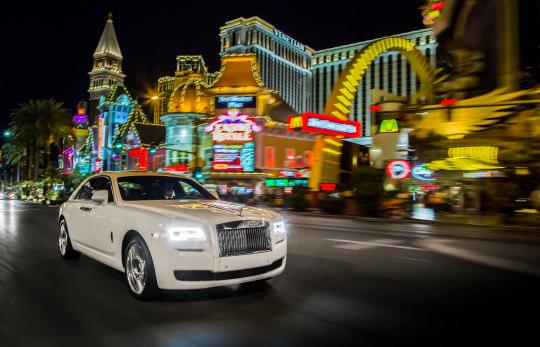

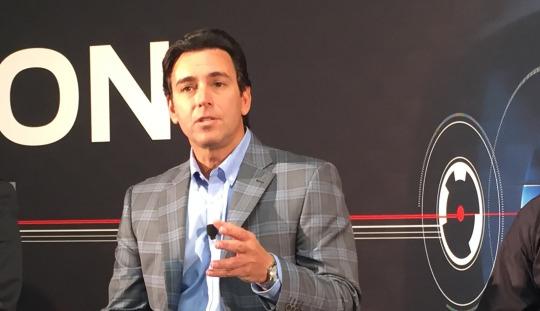
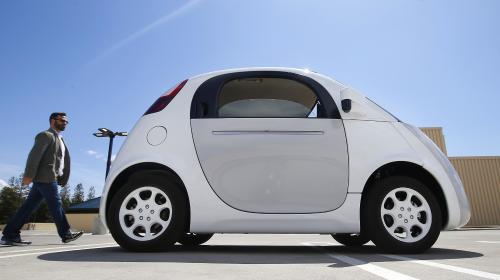 In this May 13, 2015 photo, a reporter walks toward Google’s new self-driving prototype car during a demonstration at the Google campus in Mountain View, Calif. The car, which needs no gas pedal or steering wheel, will make its debut on public roads this summer. (AP Photo/Tony Avelar)
In this May 13, 2015 photo, a reporter walks toward Google’s new self-driving prototype car during a demonstration at the Google campus in Mountain View, Calif. The car, which needs no gas pedal or steering wheel, will make its debut on public roads this summer. (AP Photo/Tony Avelar) In this May 13, 2015 photo, a reporter walks toward Google’s new self-driving prototype car during a demonstration at the Google campus in Mountain View, Calif. The car, which needs no gas pedal or steering wheel, will make its debut on public roads this summer. (AP Photo/Tony Avelar)
In this May 13, 2015 photo, a reporter walks toward Google’s new self-driving prototype car during a demonstration at the Google campus in Mountain View, Calif. The car, which needs no gas pedal or steering wheel, will make its debut on public roads this summer. (AP Photo/Tony Avelar)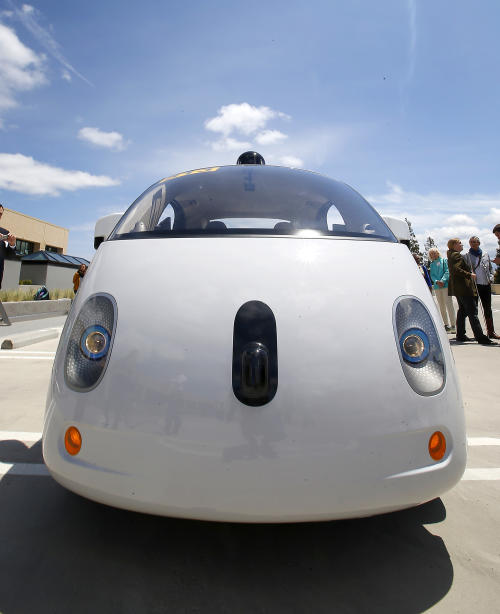 This May 13, 2015 photo shows the front of Google’s new self-driving prototype car during a demonstration at Google campus in Mountain View, Calif. The car, which needs no gas pedal or steering wheel, will make its debut on public roads this summer. (AP Photo/Tony Avelar)
This May 13, 2015 photo shows the front of Google’s new self-driving prototype car during a demonstration at Google campus in Mountain View, Calif. The car, which needs no gas pedal or steering wheel, will make its debut on public roads this summer. (AP Photo/Tony Avelar)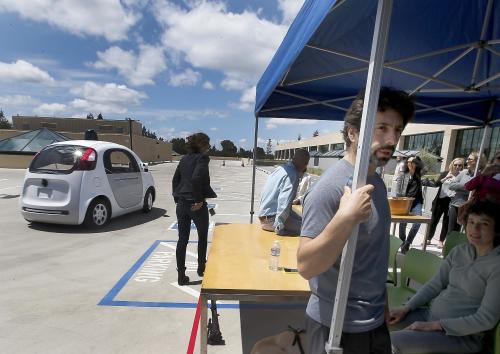 In this May 13, 2015 photo, Google co-founder Sergey Brin, right, speaks to reporters and guests about the new Google self-driving prototype car during a demonstration at the Google campus in Mountain View, Calif. The car, which needs no gas pedal or steering wheel, will make its debut on public roads this summer. (AP Photo/Tony Avelar)
In this May 13, 2015 photo, Google co-founder Sergey Brin, right, speaks to reporters and guests about the new Google self-driving prototype car during a demonstration at the Google campus in Mountain View, Calif. The car, which needs no gas pedal or steering wheel, will make its debut on public roads this summer. (AP Photo/Tony Avelar)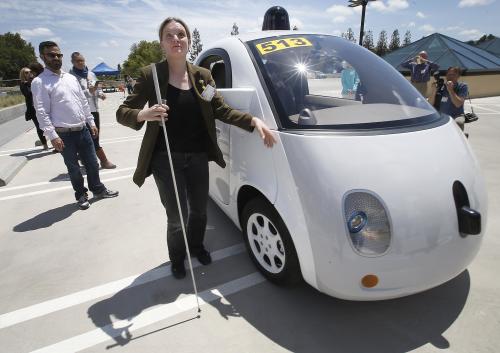 In this May 13, 2015 photo, Jessie Lorenz, of San Francisco, touches the new Google self-driving prototype car during a demonstration at the Google campus in Mountain View, Calif. The car, which needs no gas pedal or steering wheel, will make its debut on public roads this summer. (AP Photo/Tony Avelar)
In this May 13, 2015 photo, Jessie Lorenz, of San Francisco, touches the new Google self-driving prototype car during a demonstration at the Google campus in Mountain View, Calif. The car, which needs no gas pedal or steering wheel, will make its debut on public roads this summer. (AP Photo/Tony Avelar) In this May 13, 2015 photo, Google co-founder Sergey Brin, speaks to reporters and guests about the new Google self-driving prototype car during a demonstration at the Google campus in Mountain View, Calif. The car, which needs no gas pedal or steering wheel, will make its debut on public roads this summer. (AP Photo/Tony Avelar)
In this May 13, 2015 photo, Google co-founder Sergey Brin, speaks to reporters and guests about the new Google self-driving prototype car during a demonstration at the Google campus in Mountain View, Calif. The car, which needs no gas pedal or steering wheel, will make its debut on public roads this summer. (AP Photo/Tony Avelar)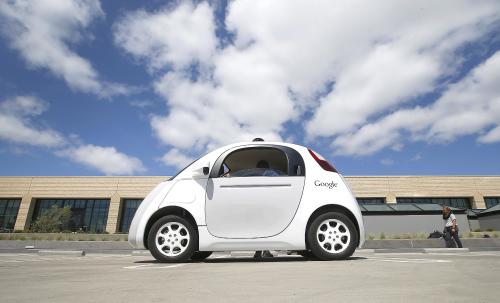 In this May 13, 2015 photo, Google’s new self-driving prototype car is presented during a demonstration at the Google campus in Mountain View, Calif. The car, which needs no gas pedal or steering wheel, will make its debut on public roads this summer. (AP Photo/Tony Avelar)
In this May 13, 2015 photo, Google’s new self-driving prototype car is presented during a demonstration at the Google campus in Mountain View, Calif. The car, which needs no gas pedal or steering wheel, will make its debut on public roads this summer. (AP Photo/Tony Avelar)